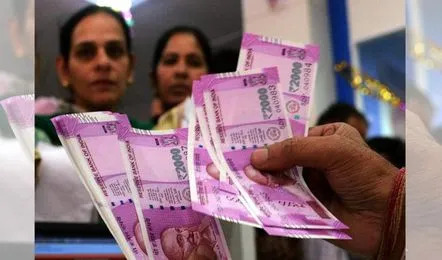Slow Withdrawal
Context:
Just over seven and a half years after the economically damaging demonetisation of the 500 and 1,000 notes, the Reserve Bank of India’s announcement on May 19 that 2,000 banknotes would be taken from circulation has caused a sense of déjà vu.
Points to Ponder:
- Background on demonetization: To address dark money and terror financing, Prime Minister Narendra Modi announced the demonetization of the 500 and 1,000 rupee notes in November 2016. The abrupt removal of these expensive currency notes from circulation was the result of this choice.
- Withdrawal of 2,000 Notes: On May 19, 2023, the RBI announced the withdrawal of 2,000 banknotes from circulation. The “Clean Note Policy” of the RBI is said to be behind this action, which has no impact on the notes’ status as legal money.
- Difficulties for Common People: The RBI has set a deadline of September 30 for the exchange or deposit of the withdrew cash. This has made it impossible for average people, especially wage earners, to utilise the 2,000 notes for necessary purchases like medicines and petrol, despite the fact that they are legal cash.
- Reason for Withdrawal: According to the RBI, a sizable amount of the 2,000-note supply was released between November 2016 and March 2017 in order to satisfy post-demonetization currency needs. But since then, lower denominations have been properly available, therefore the necessity for 2,000 notes has decreased.
- Lifespan and Value of Withdrawn Notes: The RBI contended that the withdrawn ₹2,000 notes were at the end of their estimated lifespan of 4-5 years. As of March 31, the value of these notes in circulation accounted for ₹3.62 lakh crore, or 10.8% of the total notes in circulation.
- Previous Withdrawals: The RBI has in the past steadily phased out older banknotes, such as those printed before 2005, even though they were still considered legal currency. This casts doubt on the logic behind the abrupt withdrawal of $2,000 in notes based on the “clean note” theory.
- Lack of openness: Concerns about openness are raised by the recent RBI ruling as well as administrative inefficiencies. Along with the abrupt withdrawal, this lack of transparency has the potential to erode public confidence in the RBI’s dedication to upholding the face value of currency notes.
Similar Topics:
Return of ₹2,000 Currency Notes





